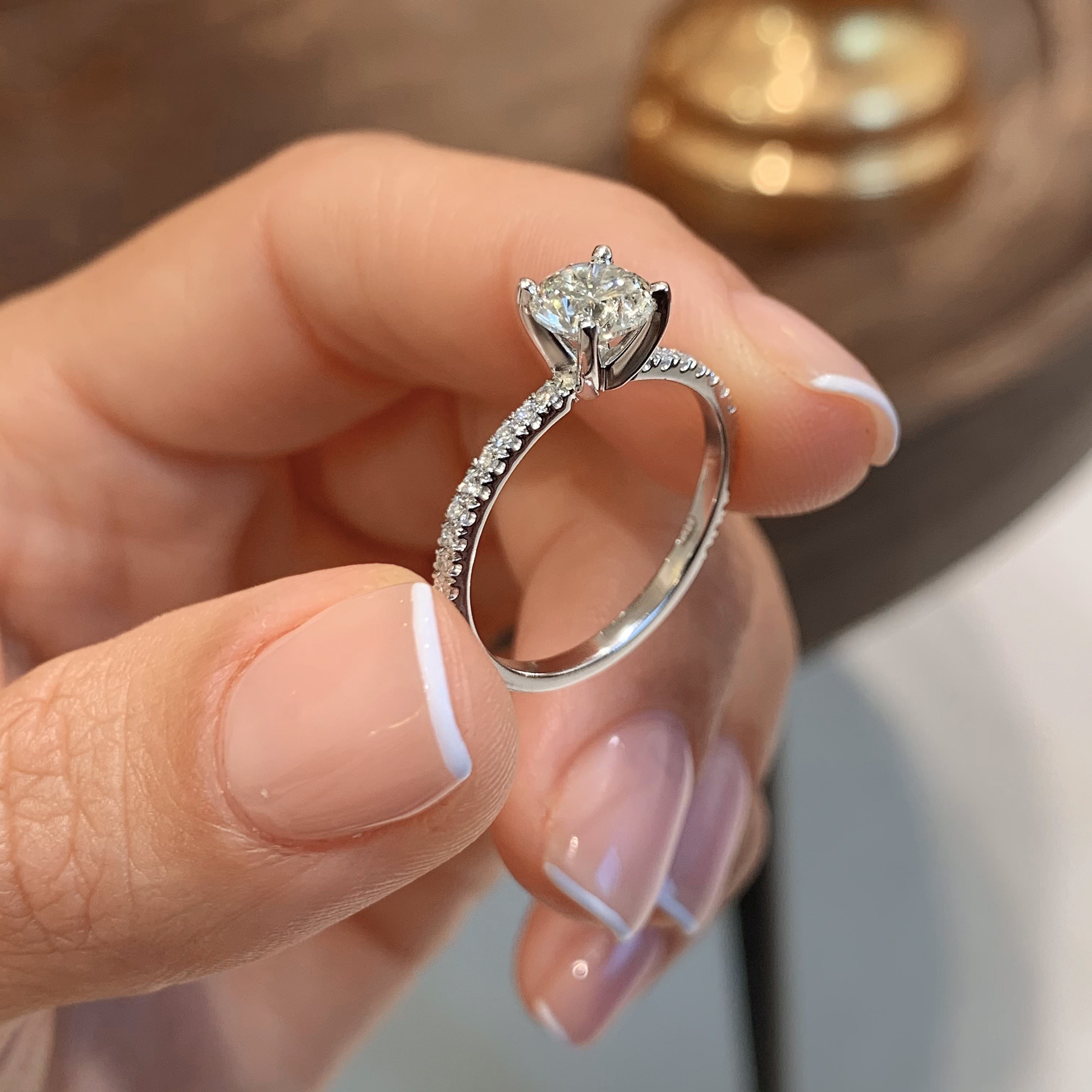Lab diamonds are swiftly becoming the diamond of choice for many consumers seeking ethical, environmentally friendly, and budget-conscious options. In this article, we’ll delve into what lab diamonds are, how they’re created, their advantages over natural diamonds, and much more.
Introduction
In recent years, lab diamonds have been gaining traction as a viable alternative to traditional mined diamonds. With advancements in technology and growing consumer awareness, lab diamonds offer a sustainable and ethical choice for those in search of exquisite jewelry.
What are Lab Diamonds?
Lab diamonds, also known as synthetic or cultured diamonds, are man-made gems that possess the same chemical composition, crystal structure, and physical properties as natural diamonds. The primary difference lies in their origin: natural diamonds form deep within the Earth’s crust over millions of years, while lab diamonds are created in controlled laboratory environments in a matter of weeks.
How Lab Diamonds are Created
The process of growing lab diamonds involves replicating the natural conditions under which diamonds form beneath the Earth’s surface. High-pressure, high-temperature (HPHT) or chemical vapor deposition (CVD) methods are used to seed a diamond crystal, which then gradually grows layer by layer, atom by atom, until it reaches the desired size.
Advantages of Lab Diamonds
Lab diamonds offer several advantages over their natural counterparts. Firstly, they are more environmentally sustainable as they require minimal land disturbance and do not contribute to the environmental degradation associated with diamond mining. Additionally, lab diamonds are free from the ethical concerns surrounding the mining industry, such as child labor and worker exploitation.
Environmental Impact
One of the most significant advantages of lab diamonds is their minimal environmental footprint. Unlike traditional diamond mining, which often involves extensive land clearing, habitat destruction, and carbon emissions, lab diamond production has a negligible impact on the environment.
Ethical Considerations
Ethical considerations are another driving factor behind the rising popularity of lab diamonds. Many consumers are increasingly concerned about the ethical implications of traditional diamond mining, which has been linked to human rights abuses and environmental devastation in diamond-rich regions.
Quality and Certification
Lab diamonds undergo the same rigorous quality standards and certification processes as natural diamonds. Organizations such as the Gemological Institute of America (GIA) grade lab diamonds based on the same criteria used for natural diamonds, including cut, color, clarity, and carat weight.
Cost Comparison
One of the most appealing aspects of lab diamonds is their affordability compared to natural diamonds. On average, lab diamonds are priced 20-40% lower than their mined counterparts, making them an attractive option for budget-conscious consumers without compromising on quality or beauty.
Popularity and Trends
The popularity of lab diamonds has been steadily on the rise, driven by increasing consumer awareness of their benefits and growing demand for sustainable and ethically sourced jewelry. Jewelry brands and retailers are increasingly incorporating lab diamonds into their collections to cater to this shifting consumer preference.
Caring for Lab Diamonds
Caring for lab diamonds is relatively straightforward and similar to caring for natural diamonds. Regular cleaning with a soft brush and mild detergent solution helps maintain their brilliance and sparkle, while avoiding exposure to harsh chemicals and extreme temperatures can prevent damage to the stone.
Misconceptions about Lab Diamonds
Despite their growing popularity, lab diamonds still face misconceptions and myths. One common misconception is that lab diamonds are “fake” or of inferior quality compared to natural diamonds. In reality, lab diamonds are chemically and optically identical to natural diamonds and often exhibit superior clarity and color due to the controlled growth process.
Future Outlook
The future looks bright for lab diamonds as they continue to gain acceptance and recognition in the jewelry market. With ongoing advancements in technology and increasing consumer demand for sustainable and ethical products, lab made diamonds are poised to become a mainstream choice for discerning jewelry enthusiasts.
Conclusion
In conclusion, lab diamonds represent a modern marvel in the world of jewelry, offering a sustainable, ethical, and affordable alternative to natural diamonds. With their indistinguishable beauty and positive environmental and social impact, lab diamonds are revolutionizing the way we think about fine jewelry.




